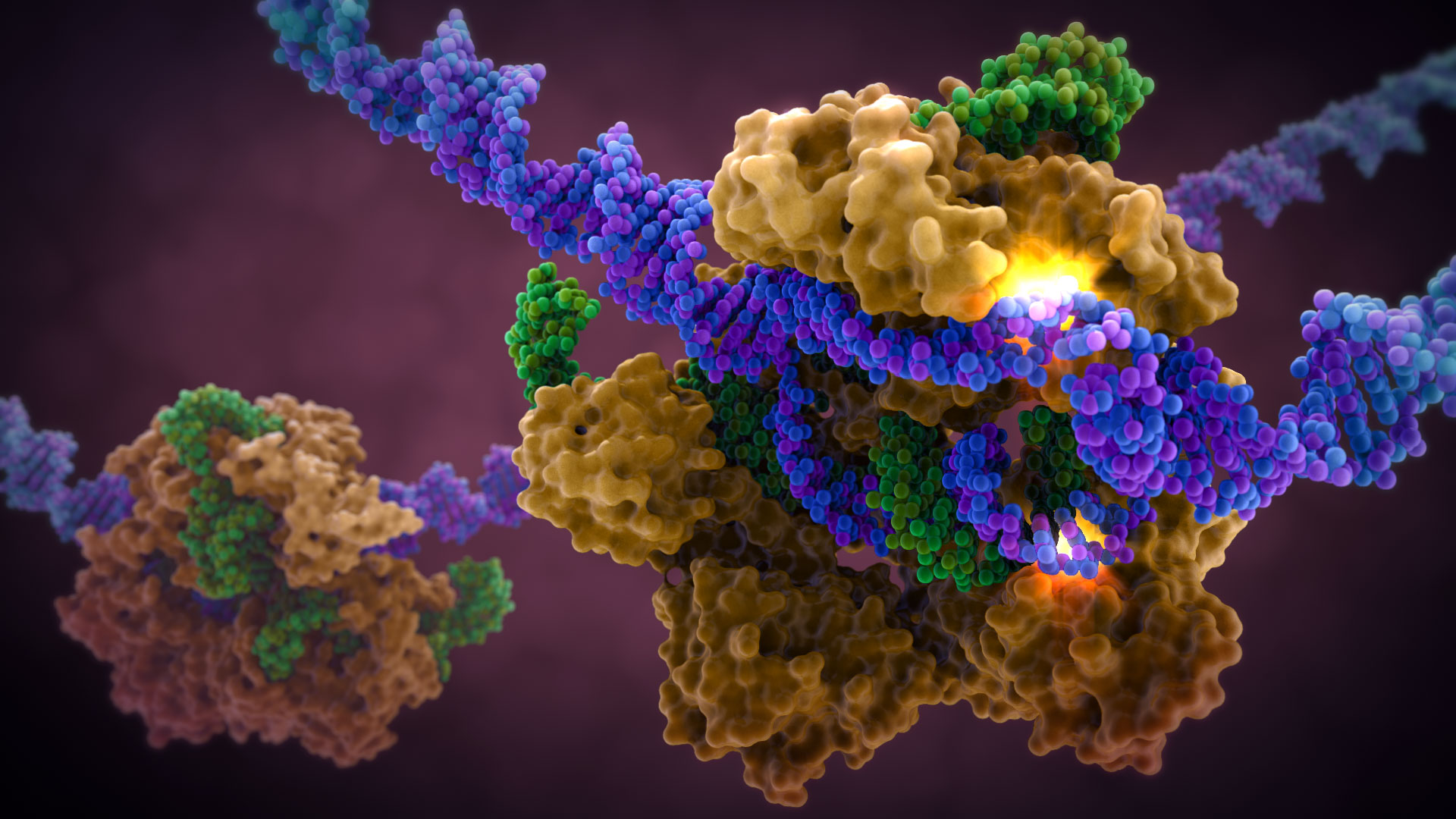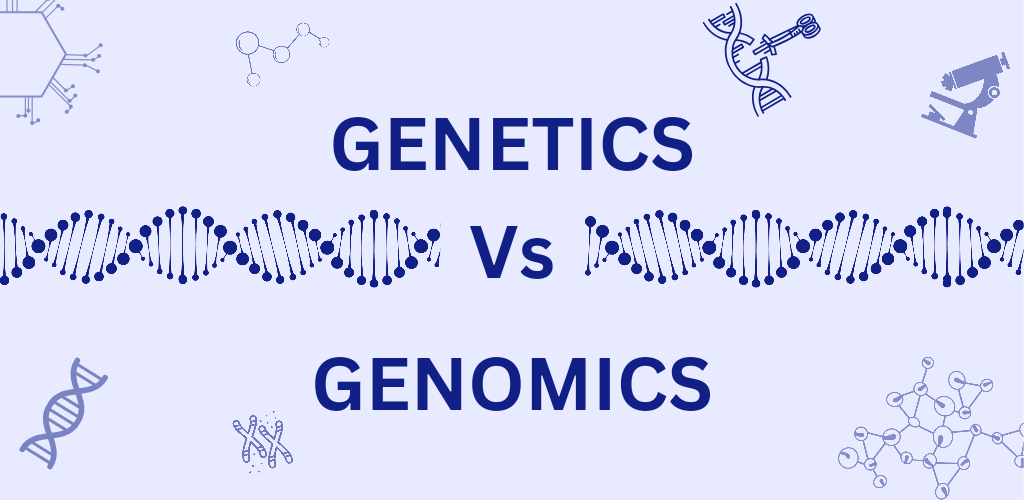CRISPR-Cas9 is a revolutionary gene-editing tool that has garnered significant attention in the scientific community and beyond. Its ability to precisely target and modify DNA has immense potential in various fields, including medicine, agriculture, and biotechnology. This article aims to provide a comprehensive overview of the basics of CRISPR-Cas9 technology, including its mechanism, applications, and ethical considerations.
CRISPR-Cas9
CRISPR-Cas9 is a revolutionary genome editing technology that allows for the precise modification of DNA. It is based on a bacterial immune system and consists of two main components: a guide RNA and a DNA-cutting enzyme, usually Cas9. The guide RNA directs the Cas9 enzyme to the target gene, where it makes a cut in the DNA. This cut can then be repaired, allowing for the addition, removal, or alteration of specific sections of the genome. CRISPR-Cas9 has numerous applications in research, drug discovery, and the potential treatment of various diseases, including cancer, sickle cell disease, and neurodegenerative diseases. The technology is highly versatile, cost-effective, and relatively easy to use, making it a valuable tool for scientists and researchers.
What are the potential applications of crispr-cas9 technology
CRISPR-Cas9 technology has numerous potential applications in various fields, including medicine, agriculture, and biotechnology. In medicine, it can be used to monitor the progression of diseases such as sickle cell disease, cancer, neurodegenerative diseases (e.g. Alzheimer’s and Parkinson’s) and heart disease. It can also be used to develop more nutritious crops and eradicate infectious diseases. CRISPR-Cas9 has been explored for gene therapy, and it has the potential to treat and cure genetic disorders. It can also be used to create gene editing in plants, animals, and human samples. The technology is highly versatile, cost-effective, and relatively easy to use, making it a valuable tool for scientists and researchers.
How does crispr-cas9 differ from other gene editing techniques
CRISPR-Cas9 differs from other gene editing techniques in several ways. It is faster, cheaper, more accurate, and more efficient than other genome editing methods. The CRISPR-Cas9 system is capable of cutting DNA strands, eliminating the need to be paired with separate cleaving enzymes, unlike other tools. It can also be easily matched with tailor-made “guide” RNA (gRNA) sequences designed to lead them to specific targets. Additionally, CRISPR-Cas9 can be used to target multiple genes simultaneously, which is another advantage that sets it apart from other gene-editing tools[1][2].
CRISPR-Cas9 is highly versatile, cost-effective, and relatively easy to use, making it a valuable tool for scientists and researchers. While it is not the only tool for the manipulation of DNA, it has seen unprecedented popularity and has made astounding progress in various applications, including functional genomics, diagnostics, DNA imaging, and therapeutics.
What are the benefits of using crispr-cas9 in drug discovery and development
The benefits of using CRISPR-Cas9 in drug discovery and development are significant. This technology allows for accurate, precise, and reliable editing of genomes, making it a valuable tool in monitoring the progression of diseases such as sickle cell disease, cancer, neurodegenerative diseases, and heart disease. It is also customizable, enabling the design of tailor-made research programs. In drug discovery, CRISPR-Cas9 provides a useful tool for target-specific gene modifications, allowing for the identification of drug targets and validation. It can be used to resolve mutations and introduce site-specific therapeutic genes in human cells, offering potential treatment options for various diseases, including cancer and infectious diseases. Additionally, CRISPR-Cas9 has the potential to develop more nutritious crops and eradicate infectious diseases, making it a versatile and powerful tool in the field of drug discovery and development.
What are the challenges in using crispr-cas9 technology for drug discovery and development
The use of CRISPR-Cas9 in drug discovery and development is associated with several challenges. These include off-target effects, immunogenicity, delivery methods, and ethical concerns. Off-target effects refer to the potential for the CRISPR-Cas9 system to make unintended changes to the genome, which could lead to adverse effects. Immunogenicity is the potential for the immune system to recognize and respond to the CRISPR-Cas9 components, which could limit its effectiveness. Delivery methods for introducing the CRISPR-Cas9 components into target cells or tissues can be complex and may affect the efficiency of the editing process. Ethical concerns surrounding the use of CRISPR-Cas9, particularly in the context of human applications, also present significant challenges. Addressing these challenges is crucial to realising the full potential of CRISPR-Cas9 in drug discovery and development.
Conclusion :
In conclusion, CRISPR-Cas9 technology presents a groundbreaking approach to genome editing with vast potential across various fields, including medicine, agriculture, and biotechnology. Its precision, versatility, and cost-effectiveness make it a valuable tool for scientists and researchers. Despite its promising applications, challenges such as off-target effects, immunogenicity, delivery methods, and ethical considerations need to be addressed to fully harness its benefits. Overcoming these challenges will be essential in realising the transformative impact of CRISPR-Cas9 in drug discovery, development, and beyond.
Citations:
[1] https://www.neb.com/en-us/tools-and-resources/feature-articles/crispr-cas9-and-targeted-genome-editing-a-new-era-in-molecular-biology
[2] https://www.synthego.com/learn/crispr
[3] https://blog.biobide.com/crispr-cas9-gene-editing-benefits-and-uses
[4] https://www.integra-biosciences.com/china/en/blog/article/what-crispr-cas9-and-how-does-it-work
[5] https://www.cancer.gov/news-events/cancer-currents-blog/2020/crispr-cancer-research-treatment
[6] https://www.ncbi.nlm.nih.gov/pmc/articles/PMC8178582/
[7] https://www.ncbi.nlm.nih.gov/pmc/articles/PMC9245484/




